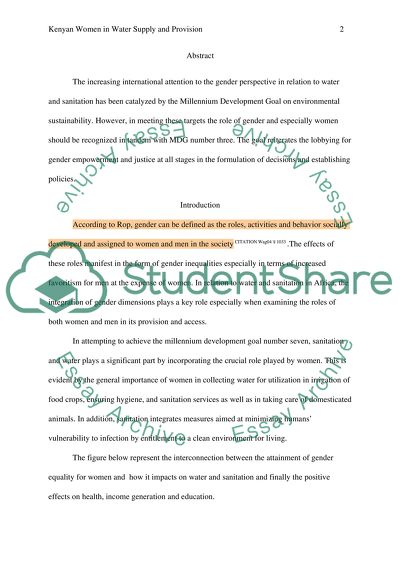Cite this document
(“Kenyan Women in Water Supply and Provision Research Paper”, n.d.)
Retrieved from https://studentshare.org/health-sciences-medicine/1398564-water-sanitation-hygiene-and-gender-in-kenya
Retrieved from https://studentshare.org/health-sciences-medicine/1398564-water-sanitation-hygiene-and-gender-in-kenya
(Kenyan Women in Water Supply and Provision Research Paper)
https://studentshare.org/health-sciences-medicine/1398564-water-sanitation-hygiene-and-gender-in-kenya.
https://studentshare.org/health-sciences-medicine/1398564-water-sanitation-hygiene-and-gender-in-kenya.
“Kenyan Women in Water Supply and Provision Research Paper”, n.d. https://studentshare.org/health-sciences-medicine/1398564-water-sanitation-hygiene-and-gender-in-kenya.


